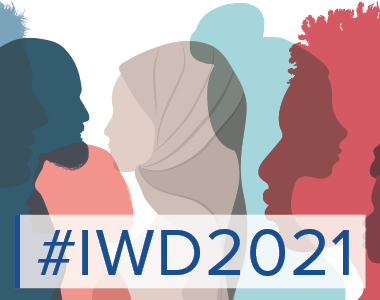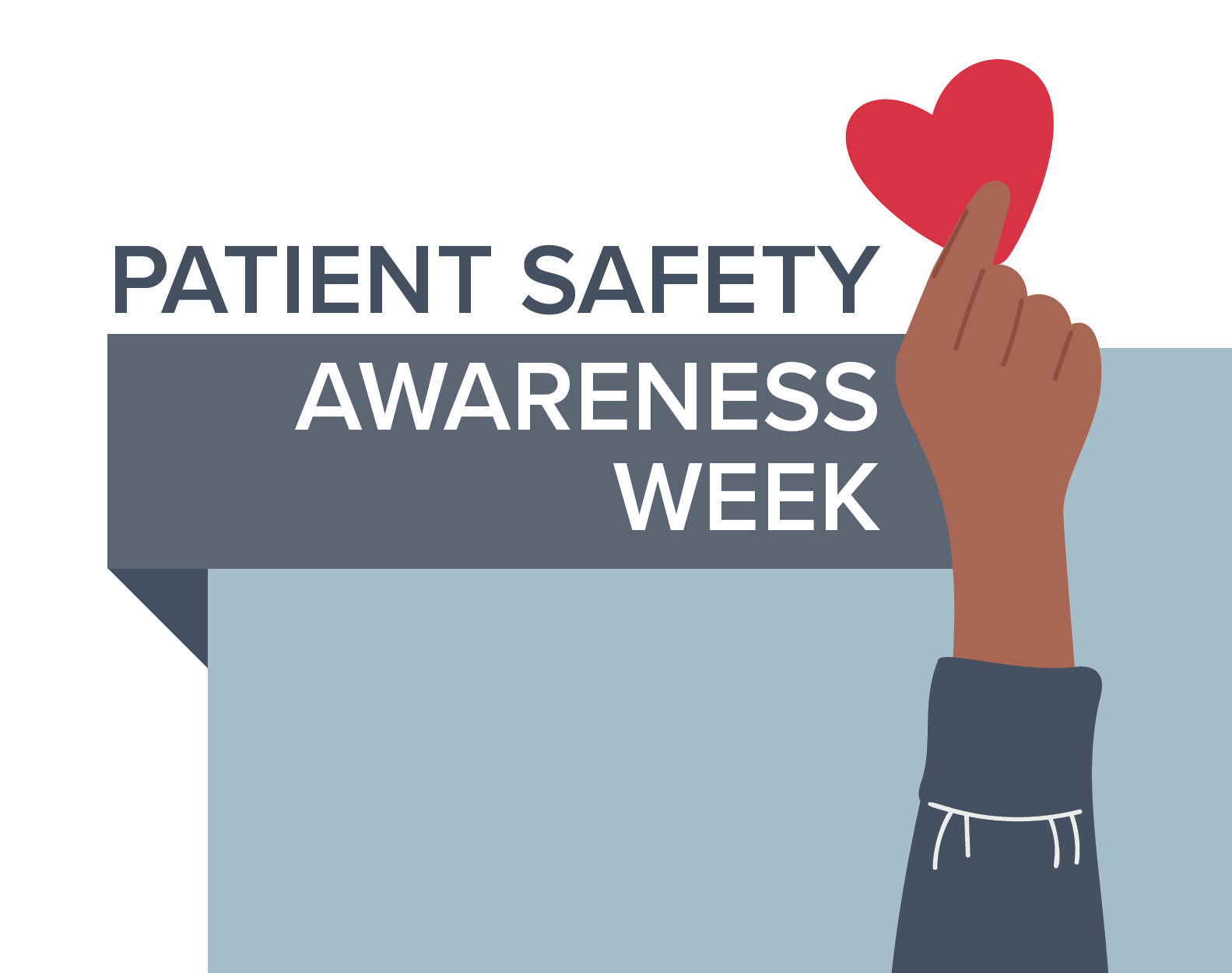#ChooseToChallenge: Gender Equality and Diversity in Medical Simulation
Today, as we celebrate International Women’s Day (IWD), it is important to examine gender equality and diversity in the fields of medical education and simulation. Nowadays, women and BIPOC make up a greater proportion of the health care workforce than ever before.
However, standards of equality have yet to catch up with many women and minority physicians still reporting workplace bias.1,2 Frequently in the form of unfair or discriminatory treatment, workplace bias hampers opportunities for equal career advancement and compensation.3 This year’s IWD theme is fitting: Choose to Challenge.
To challenge these biases, medical education curricula should teach cultural competencies alongside technical skills by employing more diverse resources. Examples of this include using gender-sensitive manikins and introducing simulation training scenarios that contribute to self-awareness.
Medical simulation training is an integral practice in academic medicine, and this hands-on approach to instruction provides benefits that extend beyond preparing future physicians and nurses with valuable clinical skills.
Simulation design that incorporates gender and sex into appropriate, culturally competent scenarios can help foster a positive attitude, empathy, and even teamwork while reducing gender-based health disparities.
Simulation Training Reveals Different Gender-Based Experiences
Several studies have been designed to understand the roles and influence of gender and diversity on the learning experience of medical students.
Although simulation training is standard in medical education, one study found that experiences differ based on gender and whether participants are assigned an “acting” or “observing” role in a simulation.4 With limited resources, not all students will be able to act in simulations; accordingly, it should be known that participating as an observer versus an actor in educational simulations has a bigger negative effect on women compared to men.
The results of this study (including over 900 medical students’ survey responses) showed that women were more willing than men to discuss the knowledge gaps revealed in simulation, but women reported lower satisfaction, self-confidence, and self-awareness when relegated to observer roles.4 That said, simulations are a more objective assessment tool than other types of evaluations and may help mitigate gender disparities when used to assess student performance.5
Simulation Training Should Introduce Cultural Competencies
Another study promoted simulation training as a vehicle to introduce sex and gender-based cultural competencies into medical education. Simulations should test technical skills as well as allow for reflection and self-awareness on the part of the students —important skills needed in the provision of empathetic and humanistic care and in reducing gender-based disparities in health care.
The researchers recommended that early adoption of culturally competent simulation design should include attitude-based competencies along with skill-based competencies. This approach uses self-awareness to build understanding of tendencies toward bias, to develop an ability to assess cultural context, and to recognize gender-based cultural models of health and disease.6
To further mitigate gender-based disparities in health care, recommended strategies for designing a culturally competent simulation course include the use of both male and female simulation equipment and scenarios that address sex and gender-based medical care.
Simulation Training as a Means to Develop Cultural Humility
An additional study, focused on nursing colleges, discussed how diversity and inclusion training is necessary to deliver quality health care to diverse populations. According to investigators, the key is to encourage humility by incorporating self-reflection/critique, learning from others, and partnership-building into the curriculum.7
The researchers indicated that training simulations, as interactive, team-based learning curricula, are an answer to developing cultural humility. They allow students to contribute diverse perspectives, provide room to self-reflect, and even help recognize power imbalances based on implicit and explicit bias — creating a culturally responsive, and welcoming learning environment.
3B Scientific Offers Culturally Diverse Training Manikins
At 3B Scientific, we offer models that are culturally sensitive for training procedures, including dual sex manikins with interchangeable sex organs, unisex manikins, as well as manikins representing different ethnicities and with different skin tones.
Our patient care and catheterization manikins with interchangeable genitals allow the instructor to adapt the model for diverse gender-based scenarios. In fact, our female CPR training manikin allows for objective monitoring and feedback, which further helps mitigate biased CPR training. Women are traditionally far less likely than men to receive public CPR in an emergency.8
At 3B Scientific, we recognize the importance of offering culturally competent training manikins both for reducing gender disparities in the medical education setting and for improved delivery of health care to diverse populations.
References:
However, standards of equality have yet to catch up with many women and minority physicians still reporting workplace bias.1,2 Frequently in the form of unfair or discriminatory treatment, workplace bias hampers opportunities for equal career advancement and compensation.3 This year’s IWD theme is fitting: Choose to Challenge.
To challenge these biases, medical education curricula should teach cultural competencies alongside technical skills by employing more diverse resources. Examples of this include using gender-sensitive manikins and introducing simulation training scenarios that contribute to self-awareness.
Medical simulation training is an integral practice in academic medicine, and this hands-on approach to instruction provides benefits that extend beyond preparing future physicians and nurses with valuable clinical skills.
Simulation design that incorporates gender and sex into appropriate, culturally competent scenarios can help foster a positive attitude, empathy, and even teamwork while reducing gender-based health disparities.
Simulation Training Reveals Different Gender-Based Experiences
Several studies have been designed to understand the roles and influence of gender and diversity on the learning experience of medical students.
Although simulation training is standard in medical education, one study found that experiences differ based on gender and whether participants are assigned an “acting” or “observing” role in a simulation.4 With limited resources, not all students will be able to act in simulations; accordingly, it should be known that participating as an observer versus an actor in educational simulations has a bigger negative effect on women compared to men.
The results of this study (including over 900 medical students’ survey responses) showed that women were more willing than men to discuss the knowledge gaps revealed in simulation, but women reported lower satisfaction, self-confidence, and self-awareness when relegated to observer roles.4 That said, simulations are a more objective assessment tool than other types of evaluations and may help mitigate gender disparities when used to assess student performance.5
Simulation Training Should Introduce Cultural Competencies
Another study promoted simulation training as a vehicle to introduce sex and gender-based cultural competencies into medical education. Simulations should test technical skills as well as allow for reflection and self-awareness on the part of the students —important skills needed in the provision of empathetic and humanistic care and in reducing gender-based disparities in health care.
The researchers recommended that early adoption of culturally competent simulation design should include attitude-based competencies along with skill-based competencies. This approach uses self-awareness to build understanding of tendencies toward bias, to develop an ability to assess cultural context, and to recognize gender-based cultural models of health and disease.6
To further mitigate gender-based disparities in health care, recommended strategies for designing a culturally competent simulation course include the use of both male and female simulation equipment and scenarios that address sex and gender-based medical care.
Simulation Training as a Means to Develop Cultural Humility
An additional study, focused on nursing colleges, discussed how diversity and inclusion training is necessary to deliver quality health care to diverse populations. According to investigators, the key is to encourage humility by incorporating self-reflection/critique, learning from others, and partnership-building into the curriculum.7
The researchers indicated that training simulations, as interactive, team-based learning curricula, are an answer to developing cultural humility. They allow students to contribute diverse perspectives, provide room to self-reflect, and even help recognize power imbalances based on implicit and explicit bias — creating a culturally responsive, and welcoming learning environment.
3B Scientific Offers Culturally Diverse Training Manikins
At 3B Scientific, we offer models that are culturally sensitive for training procedures, including dual sex manikins with interchangeable sex organs, unisex manikins, as well as manikins representing different ethnicities and with different skin tones.
Our patient care and catheterization manikins with interchangeable genitals allow the instructor to adapt the model for diverse gender-based scenarios. In fact, our female CPR training manikin allows for objective monitoring and feedback, which further helps mitigate biased CPR training. Women are traditionally far less likely than men to receive public CPR in an emergency.8
At 3B Scientific, we recognize the importance of offering culturally competent training manikins both for reducing gender disparities in the medical education setting and for improved delivery of health care to diverse populations.
References:
- Association of American Medical Colleges. Table 1: medical students, selected years, 1965-2015. https://www.aamc.org/system/files/reports/1/2015table1.pdf. Published 2016. Accessed March 1, 2021.
- Association of American Medical Colleges. Table A-14.1: race/ethnicity responses (alone and in combination) of applicants to US medical schools, 2015-2016 through 2019-2020. https://www.aamc.org/system/files/2019-11/2019_FACTS_Table_A-14.1.pdf. Accessed March 1, 2021.
- Solnick RE, Peyton K, Kraft-Todd G. Effect of physician gender and race on simulated patients’ ratings and confidence in their physicians: a randomized trial. https://jamanetwork.com/journals/jamanetworkopen/fullarticle/2761544. Accessed March 1, 2021.
- Tamas E, Edelbring S, Hjelm C, Hult H, Gimm O. Gender and assigned role influences medical students´ learning experience in interprofessional team training simulations. MedEdPublish. January 2017.
- Siegelman JN, Moran TP, Lall M, Wallenstein J, Lee L, Shah B. Gender bias in simulation-based assessments of emergency medicine residents. Journal of Graduate Medical Education. August 2018.
- Beauchamp GA, McGregor AJ, Choo EK, Safdar B, Rosenau AM, Greenberg MR. Incorporating Sex and Gender into Culturally Competent Simulation in Medical Education. Poster presented at: The 8th Congress of the International Society of Gender Medicine, Miyagi Japan.
- Sumo J, Staffileno BA, Warner K, Arrieta M, Salinas I. The development of an online diversity and inclusion community: Promoting a culture of inclusion within a college of nursing. Journal of Professional Nursing. 2021: 37;18-23.
- Men are more likely than women to receive PR in public, study finds. November 2017. https://www.dbei.med.upenn.edu/research/studies/men-are-more-likely-women-receive-cpr-public-study-finds. Accessed March 1, 2021.




